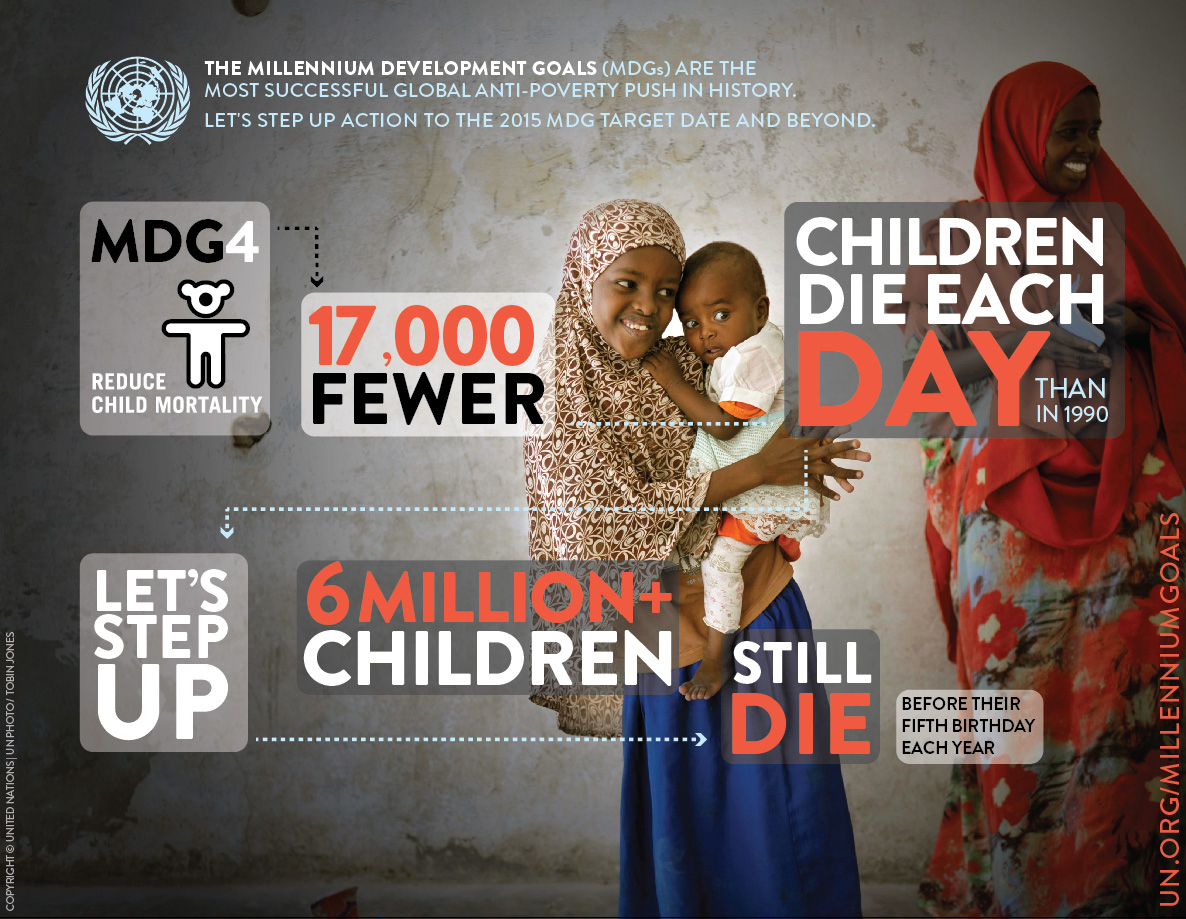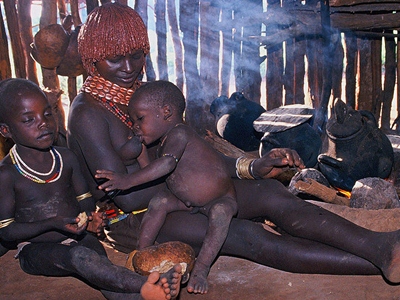
Retrieved from http://www.hoisafefromthestart.org/data/files/brochure/index_files/Page357.htm
For a
little over 6 years I was a domestic violence advocate. I was able to
witness firsthand the effects that it had on woman and their children.
For my first year working in the field I worked as a child advocate. From
my experience the children became free in a sense. Free from witnessing
violence against their mothers. Not all saw the violence but many heard
the fighting, escalating tension, saw the crying and heard excuses for the
bruises. Many were sent to their rooms and told to go to sleep but were
not sleep.
Some
children have the ability to cope while experiencing violence around
them. Some don’t cope at all. “There is no standard way in
which children will react to witnessing or otherwise being victims of domestic
abuse; each child will react as an individual, shaped in part by their
personality and other factors influencing the environment in which they are
living - , “….children respond in unique ways to living with domestic violence”
(Buckley, Holt & Whelan, 2007). The children I worked with at times
blamed themselves for “not being good” and this would upset dad and therefore
be taken out on mom. I specifically remember an incident in which a
little boy who had been well-behaved up until this day got up on a partial
fence on the playground and started to pee on the other children. He was
acting out. Other children in other shelters would take anger out on
their mothers. At their homes they knew they had to be
well-behaved. The fathers would also take out their aggression on the
children. The children knew their boundaries. But in shelter it’s a
safe place and they were not used to mom being the primary disciplinary.
I witnessed children becoming very abusive both verbally and physically to
their mothers. Mothers had stated this behavior had not occurred at
home…….
Buckley,
H., Holt, S. and Whelan, S. (2007), Listen to Me! Children's Experiences of
Domestic Violence. Child Abuse Review, Retrieved on May 30, 2014, from
http://onlinelibrary.wiley.com/doi/10.1002/car.995/abstract

"In sub-Saharan Africa, one in every 10 children born still
dies before their fifth birthday, nearly 16 times the average rate in
high-countries" (Committing to Child Survival: A Promise Renewed).
How heart breaking is this? This has a powerful impact on the
development of children because they have not been given the opportunity to
develop as naturally functioning and developing children. Children are
dying from malnutrition, disease, diarrhea, lack of access to immunizations and
a combination of unsanitary conditions (Unicef, n.d.).
Unicef. (n.d.). Why are Children
Dying?. Retrieved May 31, 2014,
from, http://www.unicef.org/immunization/index_why.html
Picture retrieved from, http://bestnet-blog.com/2012/06/29/child-mortality-in-africa-drops-big-time/
“Organizations such as UNICEF are dedicated to providing assistance and developing goals to improve the quality of life for children. Improving the health of the world's children is a core UNICEF objective. Since our founding, we have made significant progress in immunization, oral rehydration to save the lives of infants with severe diarrhoea, promoting and protecting breastfeeding, fighting HIV/AIDS, micronutrient supplementation and health education”(UNICEF, n.d.). UNICEF also has full report on their commitment to child survival with many vital commitments and ways to address child mortality and increase child survival rates in their progress report from 2013 Committing to Child Survival Rate. Some of the few are to:
1. Sharpen national strategies for maternal, newborn and child health.
2. Increase efforts in the areas where the most deaths occur, prioritizing budgets and committing
to action plans to end preventable child deaths.
3. Increasing access to safe water and improved sanitation
4. Increasing access to immunizations
5. Providing oral re-hydration salts and zinc supplement to children suffering from diarrhea for 10-14 days.
We ask all, throughout the world, who have held a child in love, with joy for its life, with tears for its pain, to join us in developing life-saving behaviors-UNICEF
DW. (2014). Some Progress made towards Reducing Child
Mortality. Retrieved May 31, 2014, from
http://www.dw.de/some-progress-made-towards-reducing-child-mortality/a-17117416
UNICEF.(2013). Committing to
Child Survival: A Promise Renewed.
Retrieved May 30, 2014, from,
http://www.unicef.org/publications/files/APR_Progress_Report_2013_9_Sept_2013.pdf






